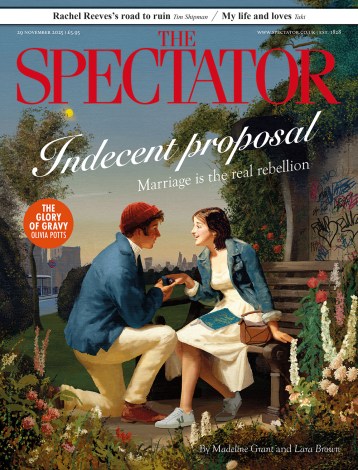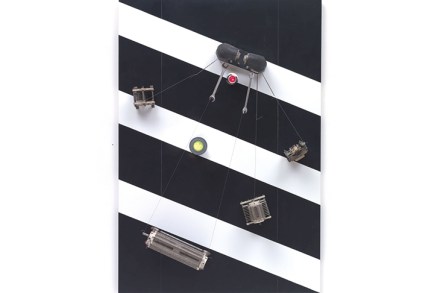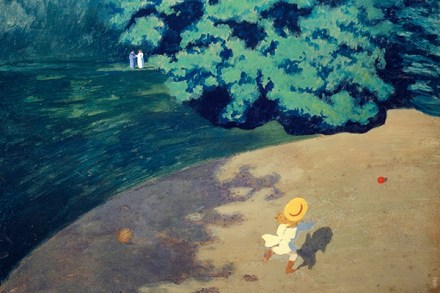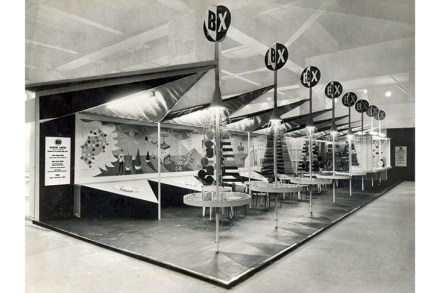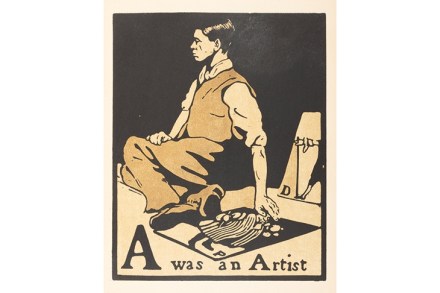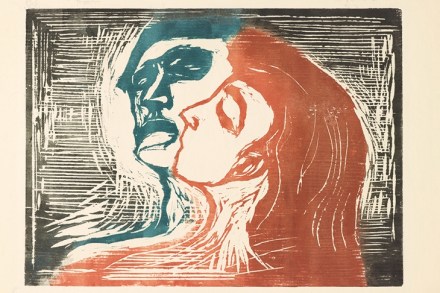Whooshing seedlings and squabbling stems: Ivon Hitchens at Pallant House reviewed
ExhibitionsSet down the secateurs, silence the strimmers. Let it grow, let it grow, let it grow. Ivon Hitchens was a painter of hedgerow and undergrowth, bracken and bramble. Whoosh! go his seedlings, sprouting, bolting, demanding repotting. The first Hitchens you see on the wall outside this exhibition at Pallant House is his lithograph ‘Still Life’
